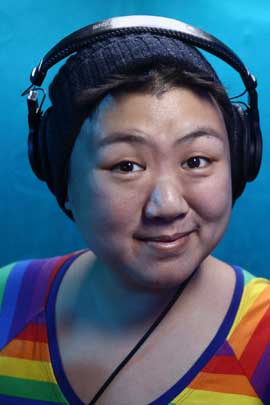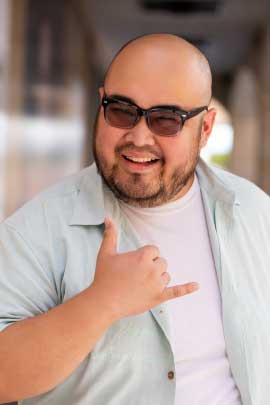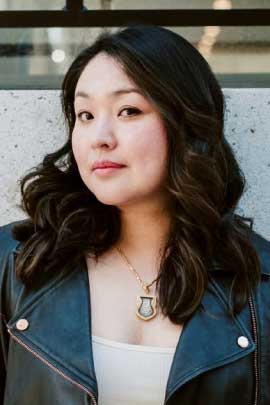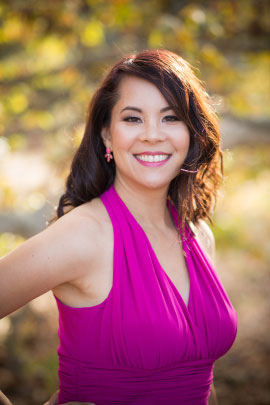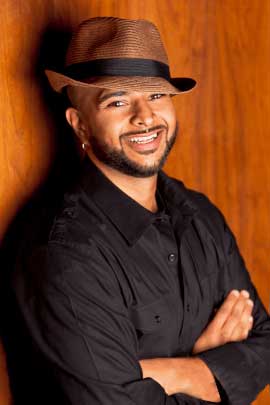Privacy Policy | Terms and Conditions
©2025 Blue Wave Voiceover // Voice Over Site by Voice Actor Websites
Asian American Voiceover
If you’re looking for an Asian or Asian American voiceover talent for your next project or script, you’ll find professional voiceover artists at Blue Wave Voiceover who can help.
We’re proud to have talented authentic Asian American voiceover artists on our roster. Our talented Asian American voice actors work across all of the genres of voiceover including commercials, narration, explainer videos, e-learning, live announcers, political voiceover, telephony and more.
Asian American Representation in Media
Film and television series such as Shang-Chi and the Legend of the Ten Rings, Crazy Rich Asians, Turning Red, Never Have I Ever, Kim’s Convenience, Parasite, and Minari are changing the narrative and the ways the Asian and Asian American community has been represented. They’re highlighting the diversity in experiences and stories and bringing in all-Asian or mostly-Asian directors, writers, producers, and casts. Contrary to how they’ve been unfairly portrayed in the media in the past, Asians and Asian Americans are not a monolith; each individual offers a unique and valuable perspective and experience.
Suppose you need a specific ethnicity or additional accent, or language skills that we're not displaying above. In that case, we’ll be happy to connect you to other trusted talents in our vast network. Simply e-mail us your script or fill out the contact form below, and we’ll get right on it.
Historical Whitewashing
When it comes to Asian American and Pacific Islander voiceover representation in the media, there has been a historical “whitewashing” of characters with AAPI heritage.
In voiceover specifically, this has recently manifested in situations like Allison Brie, a caucasian actress, voicing a character of Vietnamese descent on the Netflix animated series Bojack Horseman. More recognizable, Hank Azaria, a caucasian actor and voice actor providing for many years the voice of Apu, an Indian-American character on Fox’s hit animated show The Simpsons.
In addition, there has been harmful stereotyping and generalizing that has grouped the Asian and Asian American experience into a caricature of the “model minority,” “martial artist” or “awkward Asian character” (think Long Duk Dong in Sixteen Candles or Lilly Onakuramara in Pitch Perfect). This recent report highlights the poor representation of Asians and Asian Americans in Hollywood.
A Diverse Group
The Asian and Asian American population includes East Asian Americans (Chinese, Hong Kong, Japanese, Korean, Mongolian, Ryukyuan, Taiwanese, Tibetan), South Asian Americans (Bangladeshi, Bhutanese, Indian, Indo-Caribbean, Indo-Fijian, Maldivian, Nepalese, Pakistani, and Sri Lankan), and Southeast Asian Americans (Burmese, Cambodian, Filipino, Hmong, Indonesian, Iu Mien, Laotian, Malaysian, Singaporean, Thai, and Vietnamese).
The rise of anti-Asian hate crimes has drawn attention to the need for and importance of representation and awareness for the Asian and Asian American communities. Representing 35 percent of the population in the United States at 24 million people in 2020, the Asian and Asian American population in the United States is expected to reach 46 million people by 2060, according to a report by the Pew Research Center.
Feel free to visit their profiles and contact them directly, or if you’d like to have them audition your script, e-mail us at casting@bluewavevoiceover.com.

